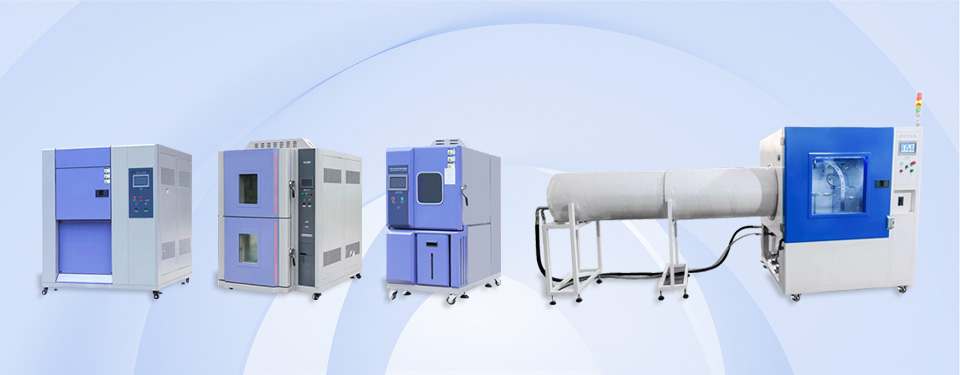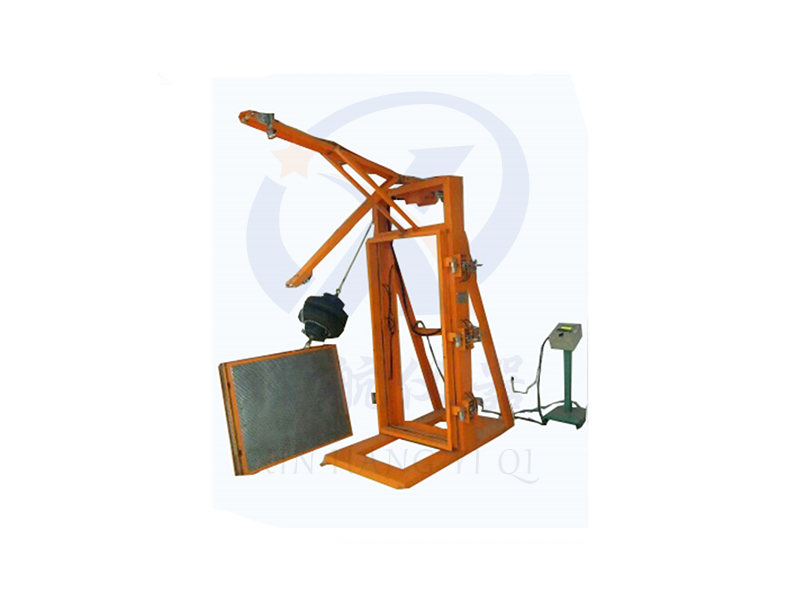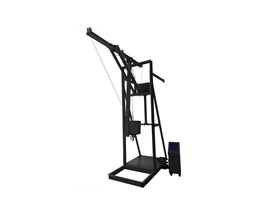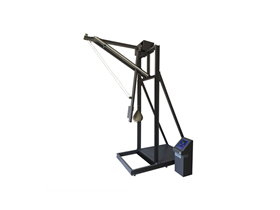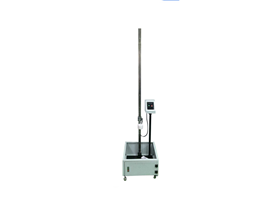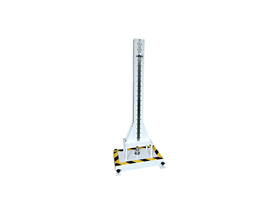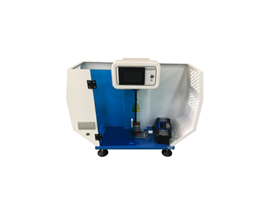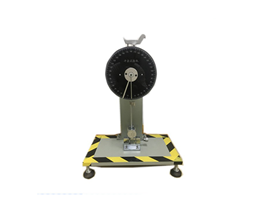1、 Overview of this device:
The photovoltaic module rupture testing machine is a specialized testing instrument that tests the risk of scratches or punctures on photovoltaic modules and tempered glass (safety glass) after rupture, as well as their impact resistance and penetration performance. This instrument is a specialized device that uses the same mass of impact material to test the penetration resistance or strength of photovoltaic modules and tempered glass (safety glass) under different heights of impact.
2、 Product features:
● Human machine operation interface, PLC control, automatic and manual switching, easy to operate and not easily damaged; The material is waterproof and rust proof.
The use of advanced pneumatic robotic arms enables automatic release and control of shotgun bags.
The sample loading method is designed to be user-friendly, using a transmission structure to automatically lift the specimen, avoiding the disadvantages of manual loading and locking.
Adopting internationally advanced pneumatic equipment, PLC control, automatic positioning and release height, automatically lifting the shotgun bag more quickly and accurately.
3、 Execution standards:
IEC 61730:2-2004 No.10.10 "Component rupture test"
BS EN 12600-2002 "Pendulum impact test"
ANSI Z97.1-2004 "Impact Testing of Architectural Glass"
JJG 128-1999 Safety Glass Shotglass Impact Testing Machine
GB 15763.2-2005 "Tempered glass shotgun bag impact test"
GB17841-1999 Tempered Glass and Semi Tempered Glass for Curtain Walls
4、 Main components:
Sample testing framework and reinforcement bracket, roll up bracket, shotgun bag (or dual tire impact body), control system.
The testing device should be equipped with a nameplate (indicating the model, manufacturer's name, factory number, and date), a certificate of conformity, and an instruction manual.
5、 Test sample:
Photovoltaic modules, tempered glass, laminated glass, safety glass, curtain walls.
6、 Test requirements:
The impact bag is a leather bag with a shape and size similar to a hanging bag.
Fill the impact bag with lead pellets (diameter 2.5 to 3.0mm, i.e. 7.5 lead pellets) to the required weight.
The outer surface of the impact bag is wrapped with tape, and during the test, the impact bag is wrapped with 1.3cm wide pressure-sensitive tape reinforced with glass fiber.
When the impact bag is filled with a lead ball weighing about 45.5kg and swings freely from a vertical height of 1.2m, it will generate 542J of kinetic energy.
The structural framework and pillars are channel steel with a diameter of 100mm x 200mm or larger, and their minimum cross-sectional moment of inertia is approximately 187cm2.
The corners of the frame are securely fixed together by welding or bolts to reduce twisting during collisions. The test frame should also be fixed on the ground with bolts to prevent movement during testing.
The lifting control deviation of the lifting mechanism should be 0-30mm.
The error between the displayed impact height of the lifting mechanism and the actual impact height should not exceed ± 1%



